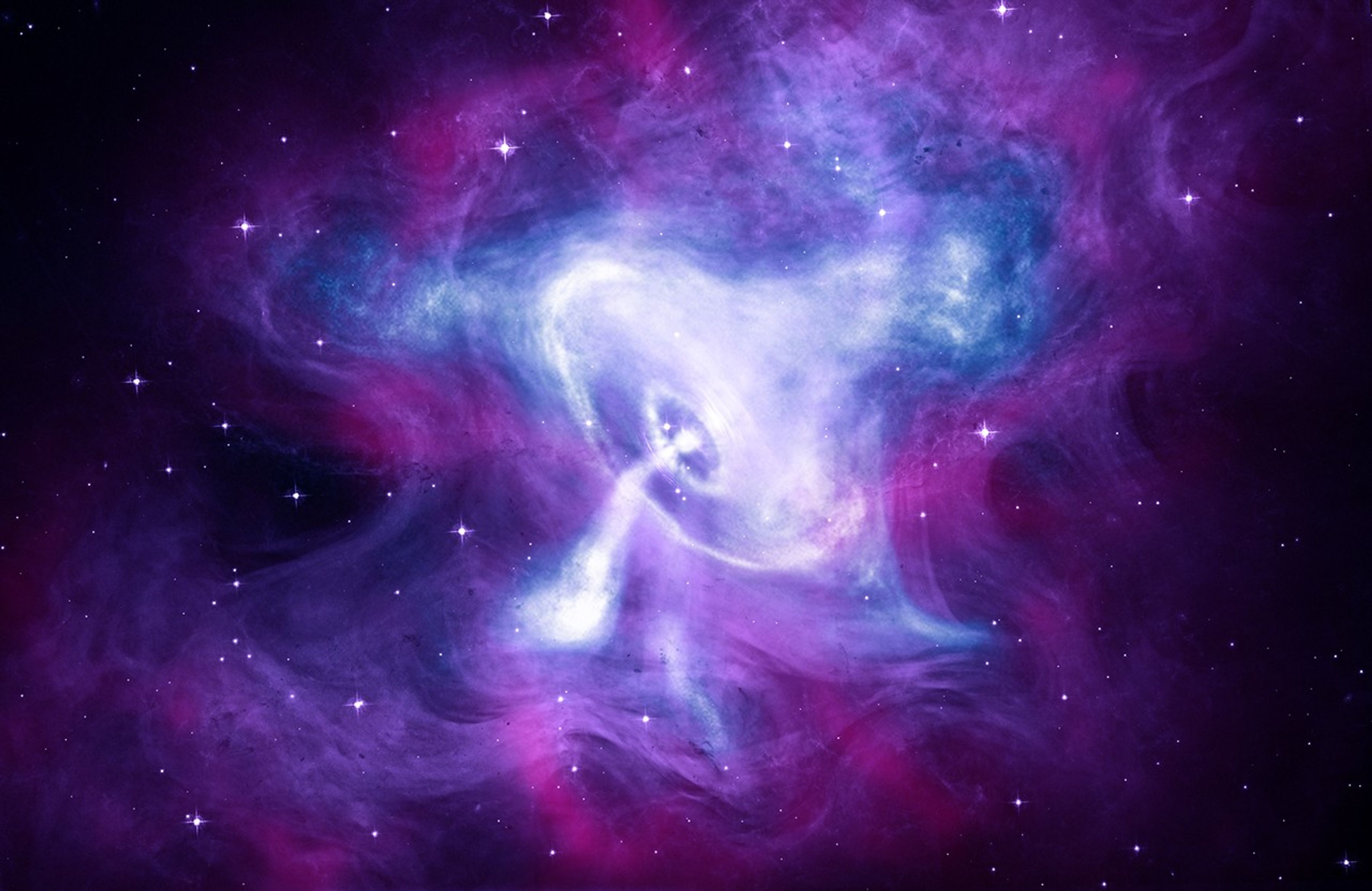It has been nearly two decades since Cassini’s launch, and the mission’s team members haven’t shaken off their wonder at the spectacle.
“It was one of the most beautiful launches,” said Trina Ray, now Cassini’s deputy manager for science planning. “You couldn’t have planned it better.”
The rocket launched from Florida, but Ray was at NASA’s Jet Propulsion Laboratory in California monitoring Cassini’s radio science instrument — if for some reason the instrument had turned on during launch, she was to send a command to turn it back off. But a friend of Ray’s attended the launch and mailed Ray a photograph of it.
Linda Spilker, now Cassini’s project scientist, saw lift-off in person. It was Oct. 15, 1997, and she stood in the dark a few miles from the Cape Canaveral launch pad. At 4:43 a.m., the countdown reached zero, and Spilker saw the rocket engines ignite. “It slowly started to move up but you couldn’t hear it because light travels faster than sound.” But when the sound reached Spilker, she more than heard it. “You could physically feel it as well.”
The Titan rocket steadily gained speed as it entered a patch of clouds that temporarily obscured the rocket from spectators. The effect was like shining a searchlight into a fog bank. “The cloud brightened so quickly that you couldn’t tell if the rocket blew up,” Spilker said. “You could almost hear everybody around you holding their breath, wondering if it blew up.”
But a moment later the rocket climbed above the cloud tops, bound for the outer solar system to become the first spacecraft to orbit Saturn. Spilker watched until the blazing rocket was so distant that she could no longer see its twinkle.
Each year in October, the Cassini team at NASA's Jet Propulsion Laboratory gathers to celebrate the day their spacecraft roared off the launch pad. The 2016 party is the 19th anniversary of their rocket launch. It’s one of a handful of annual events in which the team takes a moment to enjoy the mission’s people, and people are what spacecraft engineer Luis Morales is grateful for when he thinks back to the launch.
Morales was at JPL during the launch, watching it on television. Back then, he was leader of Cassini’s uplink operations team, the group that programs and sends commands to the spacecraft. After a few years, he left the Cassini team to work on a few other missions, but it wasn’t the same.
“I never found a team that felt like Cassini’s. It felt like a family to me,” Morales said. “I always wanted to come back.” A few years before end of mission, the mission’s spacecraft operations manager asked Morales if he would return to the team he so adored. “I jumped on that opportunity. I fell in love with the people here,” Morales said. “We will never have a mission like Cassini again. I wish we had enough fuel for another 10 years.”
But Cassini won’t even make it another year. By the 20th anniversary of launch, the spacecraft will literally be part of Saturn. Cassini is on course to burn up in the planet’s atmosphere on Sept. 15, 2017, just one month shy of its two-decade milestone.



































